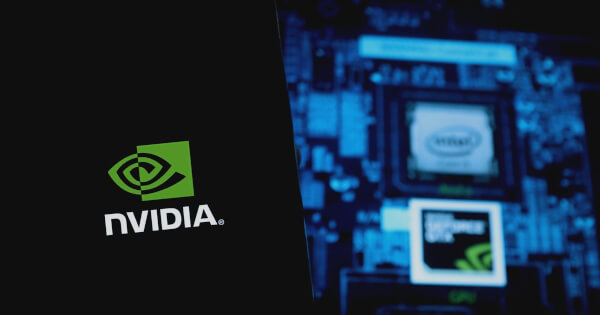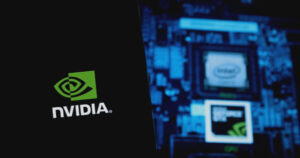Decoding PTX: The Backbone of NVIDIA CUDA GPU Computing
By Rebeca Moen
Publication Date: March 13, 2025
In the rapidly evolving world of GPU computing, understanding the intricacies of NVIDIA’s Parallel Thread Execution (PTX) is essential for developers and tech enthusiasts alike. PTX is not just an assembly language for NVIDIA CUDA GPUs; it’s a crucial bridge between high-level programming languages and the hardware operations of GPUs, empowering a vast range of applications from artificial intelligence to complex data processing.

What Is Instruction Set Architecture (ISA)?
At the heart of every computing device lies the Instruction Set Architecture (ISA), which outlines the specific instructions that a processor can execute. NVIDIA’s GPUs are no exception, with an ISA that varies between different generations and product lines. PTX serves as a virtual machine ISA, acting as the assembly language designed for CUDA. This means it defines the commands and operational behaviors for a theoretical processor, providing a platform for developers to create applications that can seamlessly translate high-level programming into efficient GPU operations.
PTX’s Pivotal Role in the CUDA Ecosystem
PTX is more than just a middleman; it plays an essential role in the CUDA platform by acting as the intermediary language between high-level source code and the GPU’s binary code. When developers compile CUDA files using NVIDIA’s CUDA compiler (NVCC), the process is twofold: the source code is divided into GPU and CPU components, with the GPU segment being transformed into PTX. This is subsequently assembled into binary code (known as ‘cubin’) through the ptxas assembler.
This innovative two-step compilation process helps ensure forward compatibility, enabling various programming languages to target CUDA effectively across different hardware generations.
The Compatibility Factor
NVIDIA GPUs are identified by a compute capability version, which reveals the evolution of GPU ISA over various generations. As new features and capabilities are added, PTX versions are updated correspondingly. This continuity is crucial for preserving compatibility across different GPU models, facilitating a smooth transition for developers as they upgrade their hardware.
One of the standout features of CUDA is its support for Just-In-Time (JIT) compatibility for both binary and PTX formats. This means applications can run effectively on various GPU generations, even those that emerge after the application was initially developed. By embedding PTX in executable files, CUDA applications gain the flexibility to be compiled at runtime for the latest hardware architectures without needing any binary updates.
Looking Ahead: PTX’s Future Prospects
The implications of PTX extend far beyond current GPU technology. By serving as an intermediate code format, PTX empowers developers to craft applications that are inherently future-proof—running on GPUs yet to be designed. The CUDA driver’s ability to JIT compile PTX code at runtime ensures applications can adapt effortlessly to upcoming architectures.
Moreover, PTX opens up possibilities for creating domain-specific languages that can target NVIDIA GPUs effectively. OpenAI’s Triton is a prime example of such an innovation that capitalizes on PTX’s flexibility.
If you are keen on diving deeper into PTX and CUDA development, it’s worthwhile to explore the comprehensive documentation provided by NVIDIA. While writing PTX code can lead to specific performance optimizations, higher-level programming languages will generally enhance productivity. However, when performance is crucial, coding directly in PTX can provide developers with nuanced control over the executed instructions.
Ready to Elevate Your Crypto Game?
At Extreme Investor Network, we not only keep you updated on developments in the GPU computing realm but also intersect this with the rapidly growing landscape of cryptocurrency and blockchain technologies. Follow us for expert insights, cutting-edge analyses, and the latest trends that shape the future of tech investments.
For further insights into PTX and CUDA development, don’t forget to check out the NVIDIA Developer Blog.
Image source: Shutterstock
By continually exploring innovative technologies like PTX and CUDA within the scope of cryptocurrency applications, Extreme Investor Network aims to empower its audience with the knowledge and tools necessary to thrive in this exciting digital economy.

